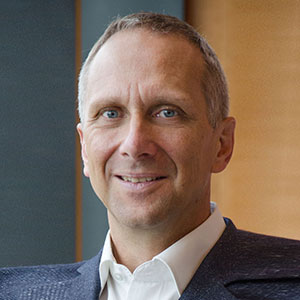ISCBH Past Webinars

ISCBH Winter Webinar 2023
New Treatments in Rare Bone Disease
Thursday 7 December 2023
Our first ISCBH webinar covering a variety of rare bone disease topics.
PROGRAMME
CHAIRS: Outi Mäkitie, Alison Boyce & Alex Ireland
New Therapies for Achondroplasia
Dr Svein Otto Fredwall (Oslo, Norway)
New Developments in OI
Dr Frank Rauch (Montreal, Canada)
Calcilytics for Treatment of Hypoparathyroidism
Dr Rachel Gafni (Bethesda, USA)
Panel Discussion
All

Svein Otto Fredwall
Oslo, Norway

Frank Rauch
Montreal, Canada

Rachel Gafni
Bethesda, USA
SPEAKER PROFILES
Dr Svein Otto Fredwall
Dr Svein Fredwall is a Senior Consultant and Medical Advisor at TRS National Centre for Rare Disorders in Norway. He is also the leader of the multidisciplinary paediatric achondroplasia clinic at Oslo University Hospital Rikshospitalet, and vice president in the European Achondroplasia Forum.
Dr Fredwall defended his PhD degree in 2022 based on The Norwegian Adult Achondroplasia Study, investigating medical complications and physical functioning in adults with achondroplasia. Dr Fredwall is principal investigator and national coordinator in several clinical trials on children with achondroplasia.
Dr Fredwall has been involved in the development of European and international guidelines for achondroplasia and has been an invited speaker at a number of international conferences.
Talk Summary
Achondroplasia is the most common form of disproportionate short stature, caused by a recurrent mutation in the FGFR3 gene impairing chondrocyte proliferation and differentiation. Final adult height is about 124 cm for women and 132 cm for men. Achondroplasia is associated with a number of potential medical complications, including foramen magnum stenosis, central and obstructive sleep apnoea, spine deformities, spinal stenosis, recurrent upper airway infections, impaired hearing, and lower limb deformities.
Until recently, there has been no treatment available for achondroplasia, except surgery to relieve medical complications. In 2021, vosoritide was approved by the FDA and EMA for children with achondroplasia who are still growing. Vosoritide has in clinical trials demonstrated a sustained average increased annual growth velocity of 1.5 cm (1.2–1.9 cm). The safety profile has been good. Other ongoing clinical trials in infants and children with achondroplasia include TransCON CNP, infigratinib and SAR-442501.
Learning Objectives
This talk will give an overview and update on the current available medical treatment options and ongoing clinical trials on infants and children with achondroplasia.
Dr Frank Rauch
Frank Rauch, MD, is a Professor of Pediatrics and clinician-scientist at the Shriners Hospital for Children and at McGill University. His clinical activities and research program concentrate on improving bone health in children, with a special focus on genetic conditions leading to fractures and on the role of the muscle system in bone diseases. In his recent work, Dr Rauch has identified new genetic causes of brittle bone disorders and has assessed the long-term effects of bisphosphonate treatment in children with osteogenesis imperfecta. He is also collaborating with Statistics Canada in a study that assesses muscle and bone health in Canadians. Dr Rauch has authored or co-authored more than 200 original publications.
Dr Rachel Gafni
Rachel I Gafni received her BA from Barnard College and her MD from Temple University. She completed pediatric residency at the Children’s Hospital of Philadelphia followed by pediatric endocrinology fellowship at the National Institutes of Health (NIH), serving as an officer in the US Public Health Service from 1996-2002. Following a 5-year stint at the University of Maryland, Dr. Gafni returned to the NIH in 2007 in the Skeletal Disorders and Mineral Homeostasis Section, becoming a Senior Research Physician in 2018. She is also faculty in the Pediatric Bone Health Program at Children’s National Medical Center and an Adjunct Associate Professor at the George Washington School of Medicine. Dr. Gafni is a principal or associate investigator on research protocols treating patients with disorders including hypoparathyroidism, osteoporosis, McCune-Albright Syndrome, hypophosphatemic rickets, tumor-induced osteomalacia, hyperphosphatemic familial tumoral calcinosis, generalized arterial calcification of infancy, and other metabolic bone and mineral diseases.
Talk Summary
Circulating calcium levels are maintained within a narrow normal range mediated by the actions of parathyroid hormone (PTH) under the direction of the calcium-sensing receptor (CaSR). In hypoparathyroidism, PTH levels are inadequate, leading to hypocalcemia, hyperphosphatemia, and relative or frank hypercalciuria. Pathogenic activating variants of the CaSR gene cause autosomal dominant hypocalcemia type 1 (ADH1), a rare genetic form of hypoparathyroidism in which increased CaSR sensitivity to extracellular calcium results in decreased PTH secretion and renal calcium reabsorption. Calcilytics are investigational negative allosteric modulators of the CaSR that decrease receptor sensitivity to calcium and have the potential to reverse the biochemical features of ADH1 and possibly other forms of hypoparathyroidism.
Learning objectives
At the end of this talk, the learner should:
- Understand the role of PTH and the CaSR in mineral metabolism and how derangements can lead to hypocalcemia
- Understand the mechanism of calcilytics as a potential therapy for ADH1
- Be aware of ongoing investigation of calcilytics for other forms of hypoparathyroidism
